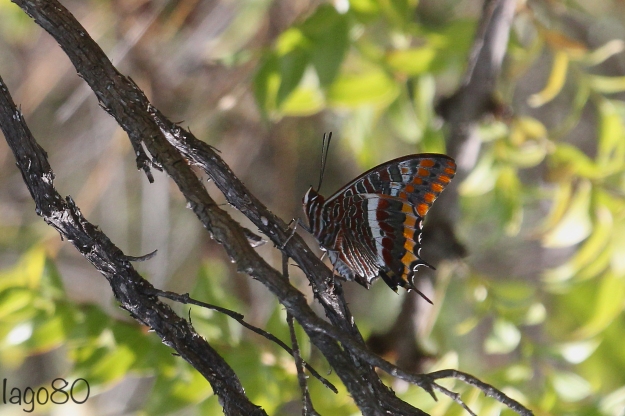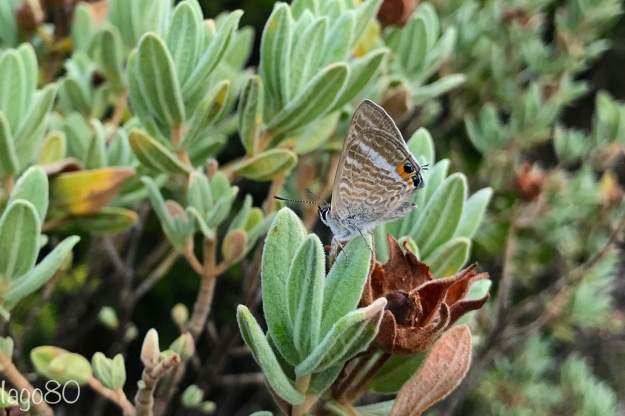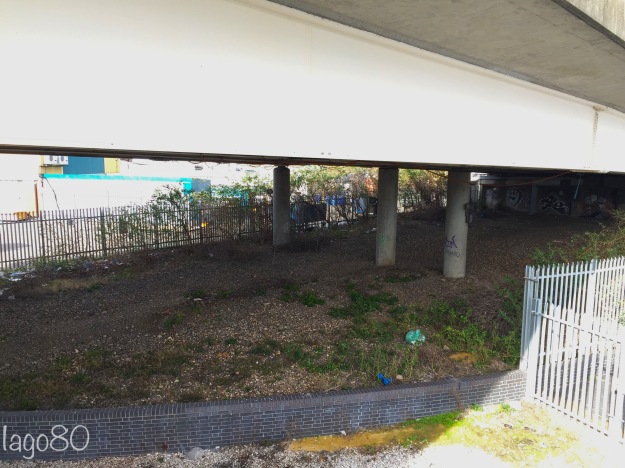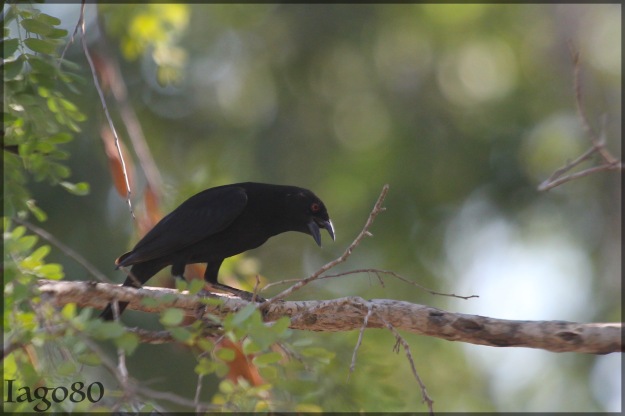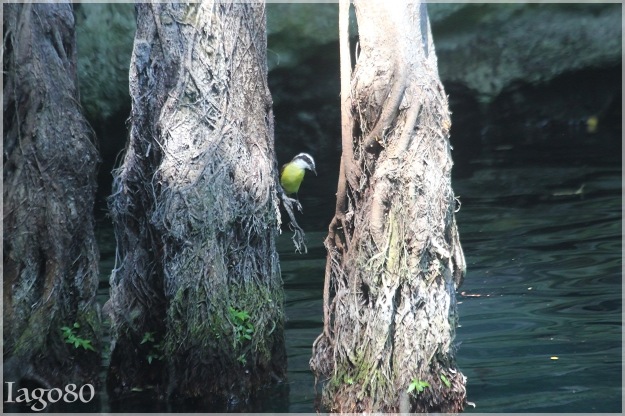The four most easterly counties of the United Kingdom are, in descending order: Norfolk, Suffolk, Kent, and Essex. With a few days leave that I needed to use up and my wife working abroad, I decided to do some birding in all four. The following is my summarised account of: the birds I saw; the birds I didn’t see; and, any other acts of derring-do that I got up to.
Although most of the birding was conducted in those four counties, my journey took me through a total of ten counties (and not just because of incompetent navigating); some 600 miles of driving and around 30 miles of walking. Despite all being within a few days, I witnessed extraordinary changes in weather: I sat and sun-bathed in a T-shirt; I froze my hands blue despite wearing two jumpers, a coat, hat and gloves; I was buffeted by almost gale-force winds; and I was soaked to the bone by torrential rain.
Kent – Oare
Last Thursday I drove down to Kent in the early morning and spent about an hour at Oare Marshes. I didn’t tick off anything too exciting, but just breathed in the fresh air and the early morning marshland cacophony of Cetti’s Warbler, Skylark, Reed Bunting, Curlew, Redshank, and Oystercatcher.

View across the Swale from Oare, Kent
It was good for the soul, and prepared me for a long day of walking and beer drinking (tough life eh!?)
Kent – River Stour
[Note: the next few paragraphs take a slight detour from my birding account]
A friend and I walked from Rough Common outside Canterbury to Stodmarsh, following the River Stour wherever we could.

The weather was simply glorious for mid-March, and I felt enveloped by Spring. I counted 19 Chiffchaff singing along the way and saw my first butterflies for the year (Brimstone, Small Tortoiseshell, Peacock, and an early Speckled Wood). Violets were everywhere, and some of the old woodlands we passed seemed lit up by Wood Anemone:

Wood Anemone (Anemone nemorosa)
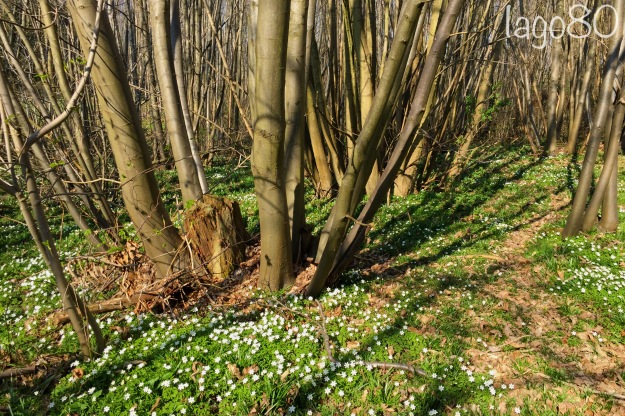
Wood Anemone carpeting floor of a coppice wood
I was pleased to show my friend his first
Kingfisher, plunging into a lake, and we seemed to be followed everywhere by
Buzzards.
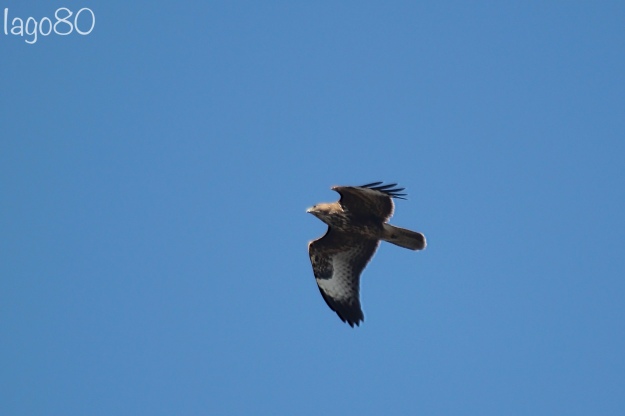
Common Buzzard (Buteo buteo)
It was also Spring for livestock and we walked past fields full of newborn calves. One of which was so new-born that the umbilical cord was still attached. It lay still and the mother helplessly licked its apparently lifeless body. I found the number for the local farm and spoke to the farmer, who arrived a few minutes later, gingerly approached the distressed cow and swung the calf by its hind legs to clear the airway. Seconds later the calf was on its feet and we were being thanked for having helped save a life.
After all of that excitement, we relaxed in the garden of a country pub, ate lots, soaked up the sun and drank pints of beer with a couple of bottles of wine thrown in for good measure.
Before I return to birding more specifically, here is a picture of a frog (I’m not quite sure how else to weave in this non-sequitur):

European Common Frog (Rana temporaria)
The following morning, whilst nursing a hangover, I still managed to brave a bit of birding at another Kent favourite of mine and over the other side of the Swale from Oare: Elmley Marshes.
I can thoroughly recommend sitting in a hide and just observing an Avocet feeding (raking its famous bill side-to-side through the mud underwater and tugging out worms) as a good hangover-friendly activity.

Pied Avocet (Recurvirostra avosetta)
Elmley is probably one of the best places I know – due to the slight car-safari nature of the first part of the reserve – to photograph
Lapwing.

Northern Lapwing (Vanellus vanellus)
It is also one of the best places I know – near London – where you can almost guarantee sightings of
Marsh Harrier; at one point I had three in view at the same time. This was the first year tick of the trip for me (one of fifteen*
[see bottom of post] over the five-day period).

Western Marsh Harrier (Circus aeruginosus)
My first big find of these few days of birding was a lone
Spoonbill feeding in the ditches at Elmley and flying between pools:

Eurasian Spoonbill (Platalea leucorodia)

Horrendous record shot, but better view of the ‘spoon’!
From cursory research, I believe that this
Spoonbill is the first recorded on site for over a year (although I am very aware that the landowners do not report rarities).
Other Elmley highlights included: a close encounter with a Corn Bunting perched on bramble (sadly flushed when I removed my camera from my bag, but which then called well as it flew over my head); the sight of hundreds of Shelduck in flight; similarly hundreds of Wigeon on the Swale; my first Turnstone for the year; and, a hunting Peregrine.
Essex and London
I came back to London where I had a short trip out on the Patch to pick up my first Wheatear for the year (thanks to Bob who found the pair for me after I had drawn an early-morning blank from a couple of circles around the Brooms).

Male Northern Wheatear (Oenanthe oenanthe)
After my whirl around the patch, I visited Barking Creekmouth in Essex for the first time, but I shall document this trip separately in a later post. I then drove up to visit my family in Buckinghamshire.
Norfolk – Titchwell
The East Anglian Coast contains some of the most famous and most prolific birding sites in the country. I was lucky enough to visit a few of them over the last couple of days. This began with Titchwell Marsh.
There were large numbers of Brent Goose often grouping in small flocks across the watery pockets of the extensive marshland.

Brent Goose (Branta bernicla)
After failing to locate a
Water Pipit that was apparently on the site, I walked to the beach.
Common Scoter and
Velvet Scoter had both been seen out to sea. The wind picked up as I walked out, but I was lucky in that I located a raft of bobbing black ducks way out in the waves almost as soon as I arrived.
Sea watching is simply not something I have much experience of and so, commensurately, my sea-bird list is atrociously low (there are common sea birds I still haven’t seen that make me blush with embarrassment). And so I studied this bobbing raft of ducks carefully – expecting them to be largely Common Scoter (a bird I need for my year list, but not my life list) with the hope of maybe a straggling Velvet (a bird I have never seen before) with them as well. To get a sense of what I was dealing with, here is a heavily cropped photo taken at maximum zoom with a 400mm lens…

Velvet Scoter (Melanitta fusca)
Luckily I was armed with more than just my bins and camera as otherwise identification would have been hopeless.

My scope in better weather near Cley the following day
The photo of the ducks above makes it look like there were two or three of them in view. There were actually ten (or apparently eleven based on what was reported afterwards by other birders), occasionally appearing above and then quickly disappearing out of sight below waves, and annoyingly rarely all in view together despite being in quite tight formation. Through the scope, the white speculum indicating
Velvet Scoter seemed to be present on every bird. I was relieved to read that others had also listed this flock as “11 Velvet Scoter”, and so I got the first of my two lifers of the trip.
With all the excitement of a life tick and peering far out to sea, I had failed to realise what was coming in fast from above the waves…

One of the last photos I took before getting soaked
The weather forecasts had predicted some ‘light showers’, but this is the North Sea. Marine winds un-touched by land since forming in the Arctic slammed the wall of heavy rain at me horizontally from the North as I struggled back to one of the nearest hides for shelter. By the time I got inside I looked like I might as well have just jumped in the sea; I was completely drenched. The pull of a warm shower, and change of clothes from my hotel room meant that the day’s birding ended rather abruptly. However, whilst taking shelter in the hide, I did add
Grey Plover to my year list and watched a Chinese Water Deer stare across a saltwater scrape from a patch of reeds.
Kent – New Holkham
I rose very early the next morning with one thought on my mind or, rather, one bird: Pallid Harrier. I had actually spent some of the day before driving around the little country lanes where this juvenile female had been spotted, although had seen no sign of it. On Tuesday morning I started at the crossroads – called Blunt’s Corner – where the highest density of sightings had been recorded.

The rain from yesterday had passed and the sky was blue, but that arctic wind had not subsided – I could not quite believe how cold it was.
I almost felt a little silly; a rare bird capable of covering huge distances had been seen here, but what were the chances I would just bump into it?
I walked around to try and keep warm. What really struck me about the agricultural land in North Norfolk was that, despite not looking all that different from anywhere else in the UK, it seemed far richer in wildlife than I am used to. I felt at times like I had been transported back in time seventy years. Almost every field had a partridge or three in it, allowing me to tick off both Red-legged Partridge and Grey Partridge for the year. Skylark song seemed to follow me wherever I went; large flocks of Linnet rose and fell on fields like silk caught on the wind; and, Yellowhammer voices reached out to me from dense holly hedgerows (also a first for year).

Yellowhammer (Emberiza citronella)
If Partridges were in every field, then hares were in every other…

European Hare (Lepus europaeus)
s courted and danced over treetops and a
Red Kite sailed right above my head seemingly oblivious, or uncaring, that I trampled its hunting ground below.

Red Kite (Milvus milvus)
I walked up alongside the high hedge in the ‘stubble field’ I’d seen quoted in the reports on the Pallid, flicking my head sharply towards the central copse – which sat like a tropical island or an oasis in the desert – every time a
Wood Pigeon came clattering out. But I should have known it was already too late in the morning for a Harrier to be at roost.

The ‘stubble field’ at Blunt’s Corner
As I turned around to walk back, I raised my bins to check out a grey blob on the hedge in the distance. It could have been anything – a
Wood Pigeon or
Stock Dove poking out of the top of the hedge – but it wasn’t ‘anything’; it was very much something. I’d only gone and accidentally found a
Great Grey Shrike! I was still a long way from it so I crept back towards it with my camera out – that direction was also my only way back out of the enclosed field – but it flew up in the air almost immediately, its white wing patches flashing in the morning light. It rose way up over my head in a North-easterly direction past the Copse in the photo above. I was left in a state of slight shock and with a couple of crummy record shots.

Great Grey Shrike (Lanius excubitor)
I phoned my find through like a proud child showing his parent a painting they had done at school, only to hear the response: “Oh! Is that still there?” It appears I was more of a re-finder than a finder and that I had missed the reports as I was so focused on a certain Harrier.
At this point I bumped into a couple of other birders who had arrived. After walking around rather aimlessly in a few other directions, I headed back to the crossroads.
Crossroads have always held an important place in folklore. The place where paths meet – the ‘betwixt and between’ – is often believed to be the place where different realms touch and paranormal activity occurs. They are also traditionally a place of death; hangings and the burial places for criminals and suicides.
And so my eyes raised up beyond the crossroads and to the top of the field looking South-West and to a silhouette of a long winged bird that wasn’t right for buzzard or kite. It was something else. And so before I had seen all the distinguishing features; I called it. I literally called out to the other birders – one of whom had already got his bins fixed on it – “That’s it!”
Towards the crossroads it came, not the deathly pale colour of the male, but strangely wraith-like nonetheless, this bird straight out of Africa-on-way-to-central-Asia, but seemingly something straight out of legend. The Pallid Harrier.
I think my hands were shaking as I tried to photograph it, but even in the poor record shots I managed, the sleek harrier shape, the white tail-ring, and golden strips on the coverts of this juvenile female shine out at me.

Pallid Harrier (Circus macrourus)


The harrier swept across the lane into another field and up out of sight behind a long copse of trees. I couldn’t quite believe it and so kept checking my camera to remind myself what I had seen; I even tweeted a back-of-camera (‘BOC’) image of dreadful quality out to the world, perhaps as a further attempt at ‘making real’ what I had just seen.
For the benefit of those who might be tempted to go, or just for the visually curious, here is a map showing what happened…

Just left of ‘A’ is the crossroads at Blunt’s Corner; ‘S’ marks the spot where the Shrike was seen, just to the left of the Copse showing as a green pimple; and, ‘P’ is where I first saw the Pallid Harrier, the direction it flew until it disappeared from view in the long copse at ‘?’
Flushed with success, I left Blunt’s corner as the news had started percolating into the arrival of the twitch. I re-lived my Shrike-finder-shame with an elderly local gentleman who arrived:
Me: There was also a GG Shrike in that field just there.
Man: Oh ah! I saw that on compoot’ah.
Cley is, of course, a mini kingdom of birding legend – where so many rare birds have been seen; where the very tribe of ‘birders’ seemed to autochthonously appear in the 1950s and ’60s; where the great stories of the ’70s and ’80s were sown and shared; and, where such things happened as the re-introduction of the Avocet.

Cley-next-the-Sea from Cley Marshes
To think that
Avocet didn’t breed in the UK for around one hundred years seems remarkable now, as I have watched hundreds of them over the last few days, but similar stories are true also of the
Marsh Harrier and
Red Kite. I watched them all from Cley, along with another suspiciously narrow-winged harrier up over the hill.
But I soon headed further down the coast on reports that 12 Snow Bunting had just landed on the beach at Winterton. I walked the huge stunning sandy beach and back up over the grassy dunes but there was no sign of the arrivals.

Winterton
After the
Snow Bunting, I then also ‘dipped’ a
Cattle Egret and so decided to say goodbye to Norfolk and drove further south to Suffolk.
Suffolk – Minsmere
By the time I arrived at Minsmere, I felt like I was ticking off great reserves, rather than great birds (Titchwell, Cley, and Minsmere have all got to be well ‘up there’ amongst the premier birding sites in the UK).

Minsmere
I arrived at about 3.30pm and felt a bit hand-held as I was helpfully shown
Garganey (year tick) from one side of a hide, and
White Wagtail (would be a year tick if it was recognised as a different species) from another:

Male Garganey (Anas querquedula)

White Wagtail (Motacilla alba alba)
And with that, my Eastern birding trip came to a close and I can also sign off this rather epic account.

Red Deer (Cervus elaphus) at Minsmere
*The fifteen year-ticks during this ‘trip’ were:
Rook
Marsh Harrier
Turnstone
Spoonbill
Avocet
Corn Bunting
Brent Goose
Velvet Scoter (Life tick)
Grey Plover
Grey Partridge
Red-legged Partridge
Garganey
Great Grey Shrike
Pallid Harrier (Life tick)
Yellowhammer
For fun, amongst the birds I tried to see, but failed – the dips – were:
Common Scoter – would’ve been year tick
Water Pipit – not ‘needed’
Cattle Egret – would’ve been year tick
Snow Bunting – would’ve been life tick












